
World Models: Machines That actually “Think”
Discover how advanced AI systems, often dubbed world models, are set to revolutionize the way machines interpret and interact with their environment. Dive deep into the underpinnings of machine cognition and explore practical applications.
Dev Orbit
July 27, 2025
Introduction
As artificial intelligence continues to evolve, the advent of sophisticated models that can simulate and understand the world is transforming technology at an unprecedented pace. One of the most critical developments in this realm is the emergence of machines that can “think” through advanced world models. With the unveiling of innovations like GPT-5, understanding how machines replicate human-like reasoning becomes essential for developers and AI engineers alike. This article promises to explore the intricate workings of these models, revealing their importance, practical applications, and how they pave the way for the future of intelligent systems.
Understanding World Models
World models are a fundamental concept in the field of AI, serving as a bridge between data processing and advanced reasoning capabilities. At their core, world models allow machines to build a representation of the world based on their experiences and input data.
The Concept of World Models:
World models can be described as internal representations that AI systems create to imitate human cognition. They enable robots and software to model real-world dynamics, effectively predicting outcomes of actions based on inputs. These models offer significant advantages:
They enhance decision-making by simulating various scenarios.
They allow for the extrapolation of knowledge beyond direct experience.
They improve efficiency in learning tasks through planning and foresight.
Example: Consider an autonomous vehicle that must navigate through city streets. By employing a world model, it can visualize potential routes, react to unpredictable obstacles, and plan accordingly—all similar to how a human driver would.
Technical Foundations of World Models
The architecture of world models involves multiple layers of technology, integrating various cognitive processes and algorithms to enhance their functionality. Central to this is the use of neural networks, particularly deep learning techniques, which allow machines to digest vast datasets and learn intricate patterns.
Key Components of World Models:
Perception: This involves capturing data through sensors or inputs, enabling the machine to understand the environment.
Representation: The AI then creates internal models based on the collected data, which can be visual, auditory, or based on other modalities.
Planning: Utilizing these representations, world models can simulate potential outcomes, evaluate risks, and optimize decision-making.
Learning: They continually refine their models based on new experiences, adapting to changes in their external environment.
This layered approach reflects a simplified version of human cognitive processes, where perception and experience lead to knowledge formation and informed decision-making.
Applications of World Models in AI
The implications of world models stretch across various sectors, revolutionizing industries by increasing efficiency and improving user experiences. Here are a few areas where these models are making significant strides:
Healthcare: In medical diagnostics, world models help AI systems simulate disease progression, enabling tailored treatment plans. Through analyzing patient data, AI can predict outcomes and suggest interventions, improving patient care.
Robotics: Advanced robotics harness world models for navigation, learning tasks, and performing complex activities in dynamic environments. Robots equipped with these models can adapt to unforeseen challenges, becoming more autonomous.
Finance: In financial markets, world models can simulate market conditions and user behaviors, allowing for advanced predictive analytics and risk assessment. These applications lead to more informed investment strategies and optimal resource allocation.
Gaming: In video game development, world models enrich the gaming experience by providing intelligent NPC (non-playable character) behaviors. These characters can learn from player actions, making gameplay more engaging and realistic.
Smart Cities: World models are employed in urban planning to optimize traffic flow, energy use, and resource distribution. By simulating various scenarios, city planners can make data-driven decisions that enhance livability and sustainability.
Real-world applications illustrate the adaptability and transformative power of world models, showcasing their potential to reshape not only industries but also daily life.
Challenges and Limitations of World Models
Despite their robust capabilities, world models face several challenges and limitations that developers and engineers must address. Understanding these pitfalls is crucial for the effective implementation of this technology:
Data Quality: The performance of world models heavily relies on the quality and volume of data. Biases in the data can result in flawed predictions and decision-making. Ensuring clean, representative datasets is essential for effective training.
Computational Resources: Training advanced world models often requires substantial computational power and memory. Smaller organizations may struggle to implement these technologies due to resource constraints.
Complexity and Transparency: The algorithms powering these world models can be incredibly complex, making it difficult to interpret how decisions are made. This opaqueness poses ethical concerns, particularly in sensitive areas like criminal justice and healthcare.
Adaptability: While world models can learn from their environments, they may struggle to adapt to unprecedented situations without prior data. The inability to generalize can limit their effectiveness in dynamic settings.
Addressing these challenges will be crucial as the field of AI continues to innovate and world models become more integrated into everyday applications.
Bonus/Advanced Tips for Implementing World Models
For developers and AI engineers looking to integrate world models into their projects, here are some advanced tips:
Choose the Right Framework: Utilize AI frameworks that support modular design, allowing easy updates and improvements to your models as new research emerges. Popular frameworks include TensorFlow and PyTorch.
Focus on Data Diversity: To enhance the robustness of your world models, collect diverse datasets that cover varying scenarios and edge cases. This diversity improves the model's generalization capabilities.
Monitor for Bias: Implement continuous monitoring for potential biases in model predictions. Regular audits and retraining can help maintain fairness and accuracy in outputs.
Leverage Transfer Learning: Use pre-trained models and adapt them to your specific needs through transfer learning. This practice can save time and resources while enhancing model performance.
Implement Explainability Tools: To address transparency concerns, incorporate explainable AI techniques that allow users to understand the decision-making processes behind world models.
By adhering to these best practices, developers can create more reliable, efficient, and ethical world models that fulfill their intended purposes with greater success.
Conclusion
World models are a groundbreaking evolution in artificial intelligence, offering machines the capability to understand and learn from their environments in almost human-like ways. As we have explored, they play a crucial role in various sectors, from healthcare to robotics, providing intelligent solutions that enhance efficiency and user experience. By recognizing the challenges faced and following best practices in implementation, developers can harness the power of these cognitive systems to revolutionize applications and pave the way for future innovations. We encourage you to comment below, sharing your thoughts on world models, or to share this post to help others understand their significance.

Enjoyed this article?
Subscribe to our newsletter and never miss out on new articles and updates.
More from Dev Orbit
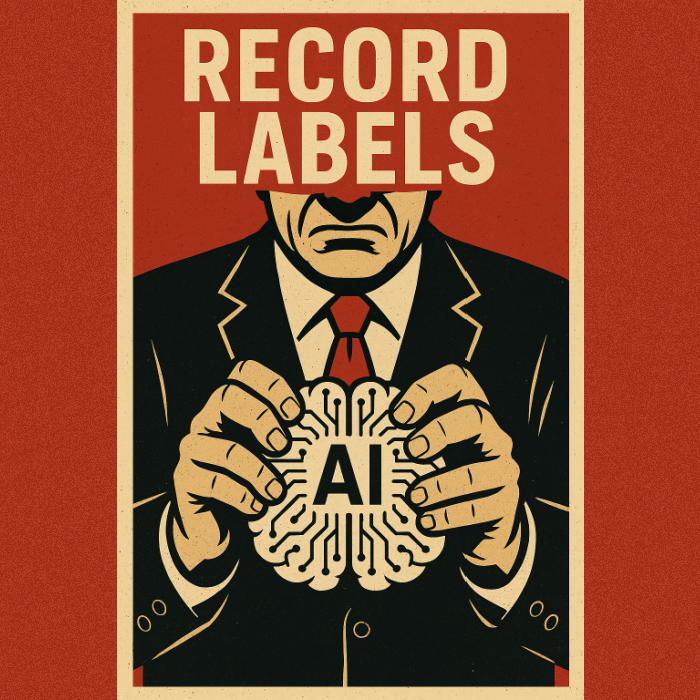
The Labels First Sued AI. Now They Want to Own It.
In the rapidly evolving landscape of artificial intelligence, a fascinating shift is underway. Music labels, once adversaries of AI applications in the music industry, are now vying for ownership and control over the very technologies they once fought against. This article delves into the complexity of this pivot, examining the implications of labels seeking to own AI and how this transition could redefine the music landscape. If you’re keen on understanding the future of music technology and the battle for ownership in an AI-driven age, read on.

MongoDB Insights in 2025: Unlock Powerful Data Analysis and Secure Your Database from Injection Attacks
MongoDB powers modern backend applications with flexibility and scalability, but growing data complexity demands better monitoring and security. MongoDB Insights tools provide critical visibility into query performance and help safeguard against injection attacks. This guide explores how to leverage these features for optimized, secure Python backends in 2025.

Raed Abedalaziz Ramadan: Steering Saudi Investment Toward the Future with AI and Digital Currencies
In an era marked by rapid technological advancements, the intersection of artificial intelligence and digital currencies is reshaping global investment landscapes. Industry leaders like Raed Abedalaziz Ramadan are pioneering efforts to integrate these innovations within Saudi Arabia’s economic framework. This article delves into how AI and digital currencies are being leveraged to position Saudi investments for future success, providing insights, strategies and practical implications for stakeholders.

A Beginner’s Guide to AWS EC2 and AWS Lambda: When and Why to Use Them
Confused between EC2 and Lambda? This beginner-friendly guide breaks down their core differences, use cases, pros and cons and helps you choose the right service for your application needs.

Top 7 Python Certifications for 2026 to Boost Your Career
Python continues to dominate as the most versatile programming language across AI, data science, web development and automation. If you’re aiming for a career upgrade, a pay raise or even your very first developer role, the right Python certification can be a game-changer. In this guide, we’ll explore the top 7 Python certifications for 2026 from platforms like Coursera, Udemy and LinkedIn Learning—an ROI-focused roadmap for students, career switchers and junior devs.

NestJS vs Express: Choosing the Right Backend Framework for Your Next Project
Are you torn between NestJS and Express for your next Node.js project? You're not alone. Both are powerful backend frameworks—but they serve very different purposes. This deep-dive comparison will help you decide which one fits your project's size, complexity and goals. Whether you're building a startup MVP or scaling a microservice architecture, we’ve covered every angle—performance, learning curve, architecture, scalability, testing and more.
Releted Blogs
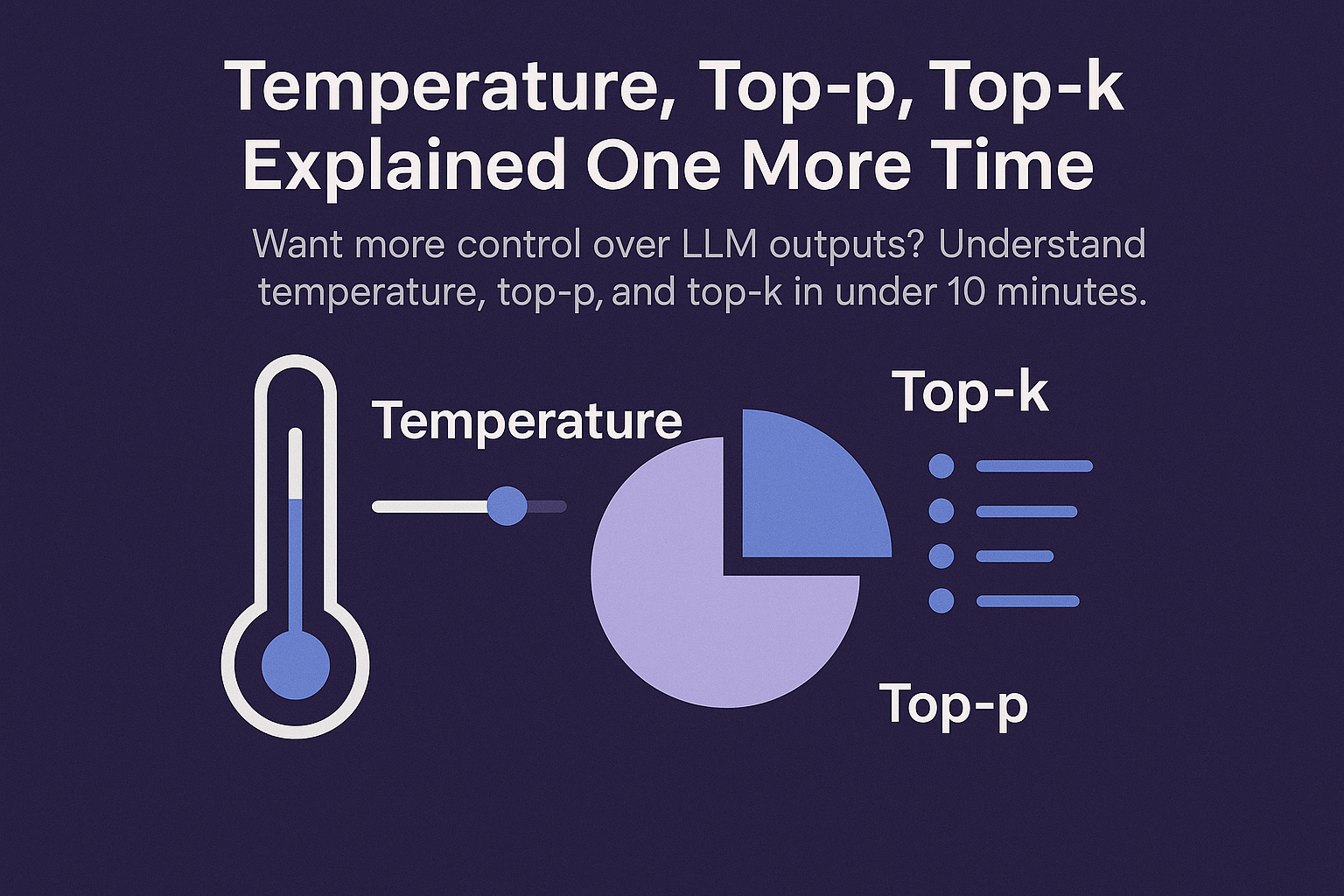
Temperature, Top-P, Top-K — Explained One More Time
This comprehensive guide delves into the intricacies of temperature, top-p, and top-k parameters in AI language models. Whether you're a developer or researcher, you'll learn how to leverage these settings to improve your model's performance and get the most out of AI-generated content.

Are AIs Becoming the New Clickbait?
In a world where online attention is gold, the battle for clicks has transformed dramatically. As artificial intelligence continues to evolve, questions arise about its influence on content creation and management. Are AIs just the modern-day clickbait artists, crafting headlines that lure us in without delivering genuine value? In this article, we delve into the fascinating relationship between AI and clickbait, exploring how advanced technologies like GPT-5 shape engagement strategies, redefine digital marketing, and what it means for consumers and content creators alike.

Top AI Tools to Skyrocket Your Team’s Productivity in 2025
As we embrace a new era of technology, the reliance on Artificial Intelligence (AI) is becoming paramount for teams aiming for high productivity. This blog will dive into the top-tier AI tools anticipated for 2025, empowering your team to automate mundane tasks, streamline workflows, and unleash their creativity. Read on to discover how these innovations can revolutionize your workplace and maximize efficiency.
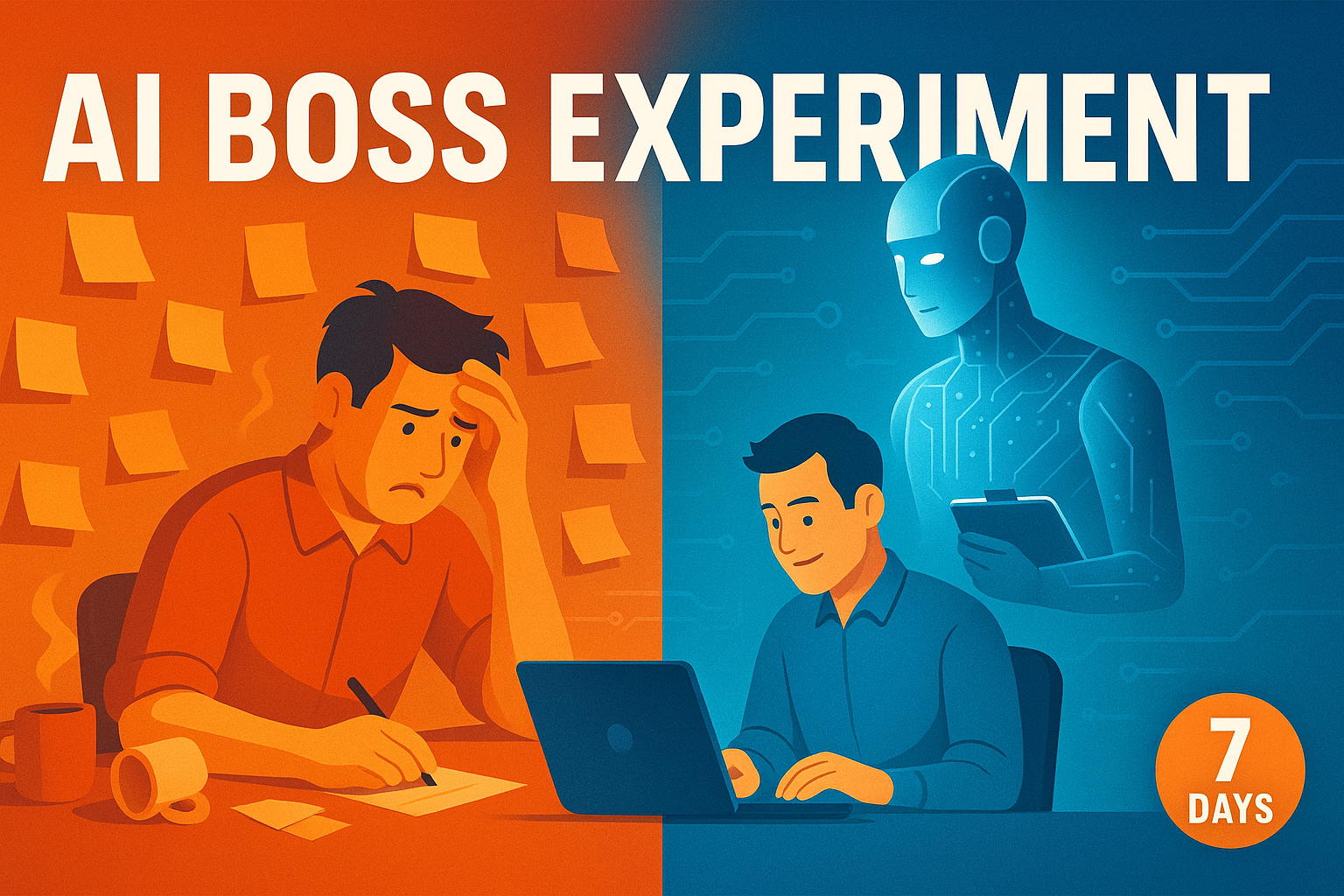
I Replaced My To-Do List With an AI Boss — Here’s the Ruthless Truth About My Productivity
In an age where time is a precious commodity, productivity hacks abound but often lead to more confusion than clarity. What if you could replace your cumbersome to-do list with an AI assistant that not only organizes your tasks but also learns from your habits? Enter GPT-5 — an AI that transforms how we approach our daily workloads. In this article, I’ll share my journey of swapping a traditional to-do list for an AI-driven system, detailing the profound impact on my productivity.
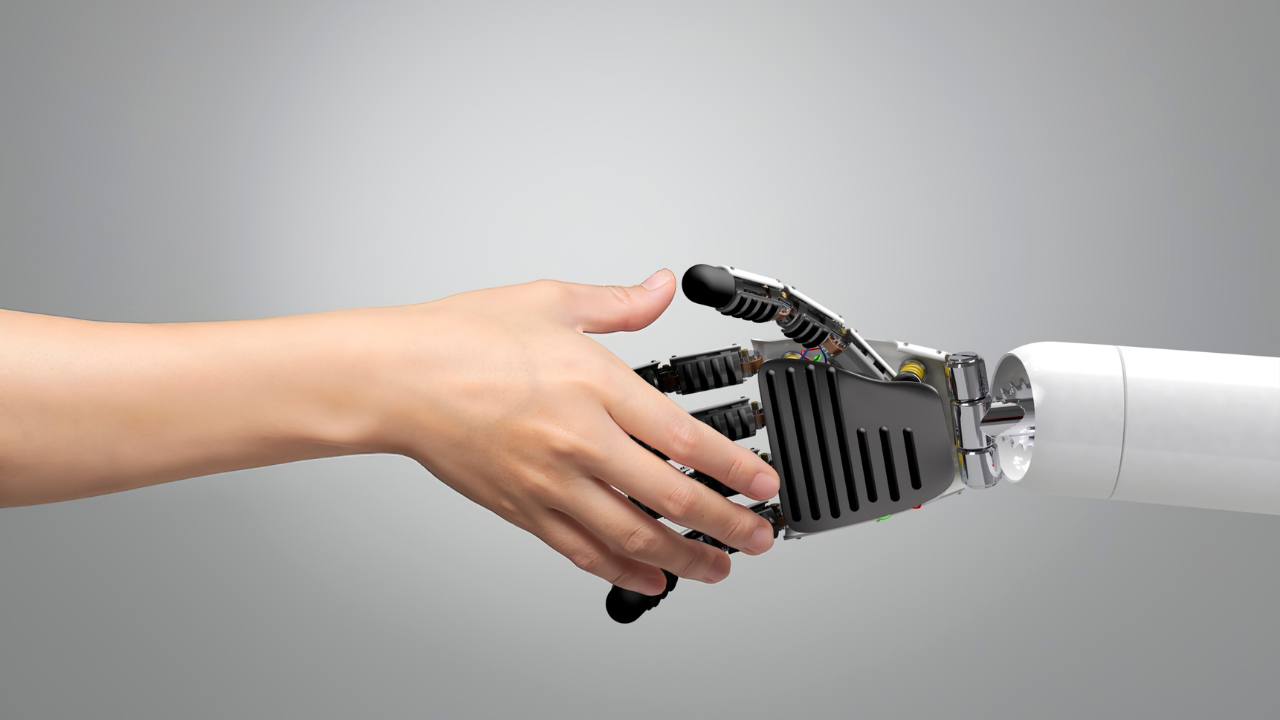
Why Most People Waste Their AI Prompts ? How to Fix It...
In the current landscape of AI technology, many users struggle with crafting effective prompts. This article explores common pitfalls and offers actionable strategies to unlock the true potential of AI tools like GPT-5.
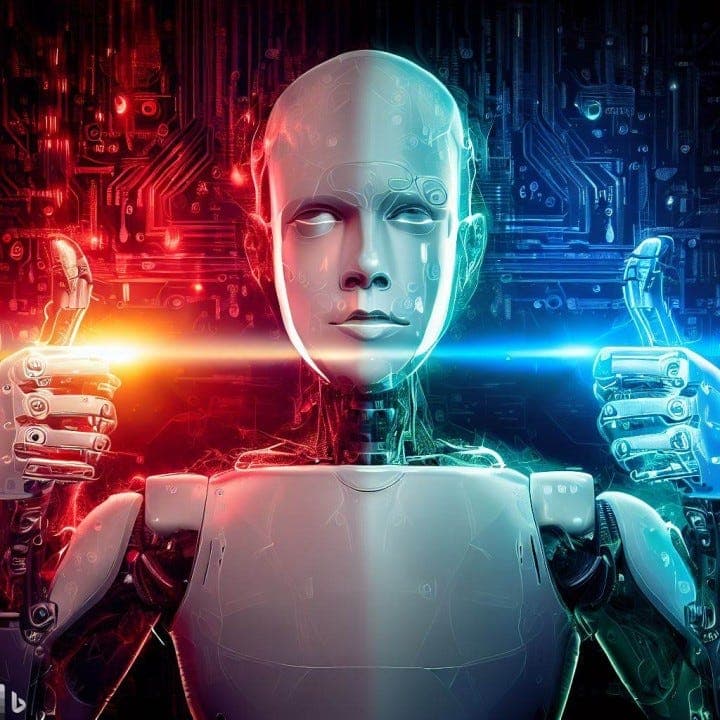
AI: A Double-Edged Sword for HumanityAI: A Double-Edged Sword for Humanity
As we navigate the uncharted waters of artificial intelligence, we face a remarkable revolution that holds the potential to dramatically reshape human existence. This article delves into how AI can serve both as an unparalleled tool for advancement and a potential source of significant challenges. We will explore the implications of AI, particularly the upcoming advancements like GPT-5, offering valuable insights into harnessing its power responsibly.
Have a story to tell?
Join our community of writers and share your insights with the world.
Start Writing